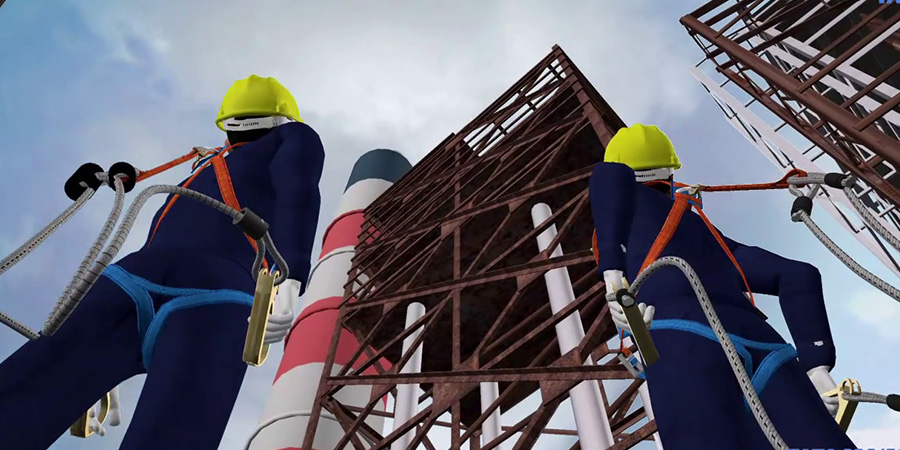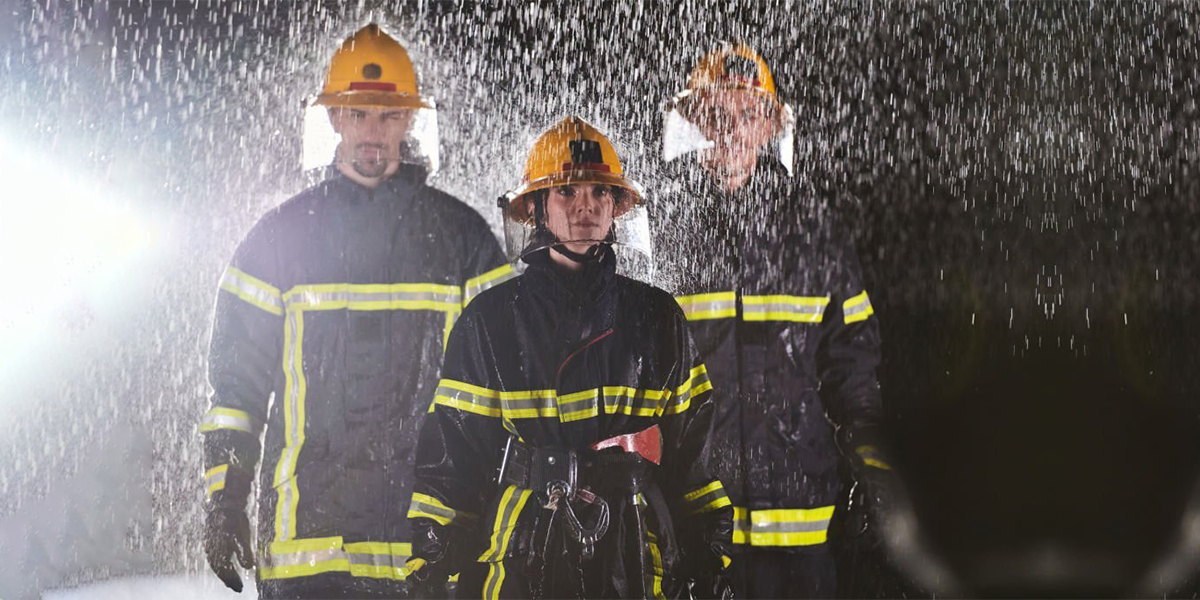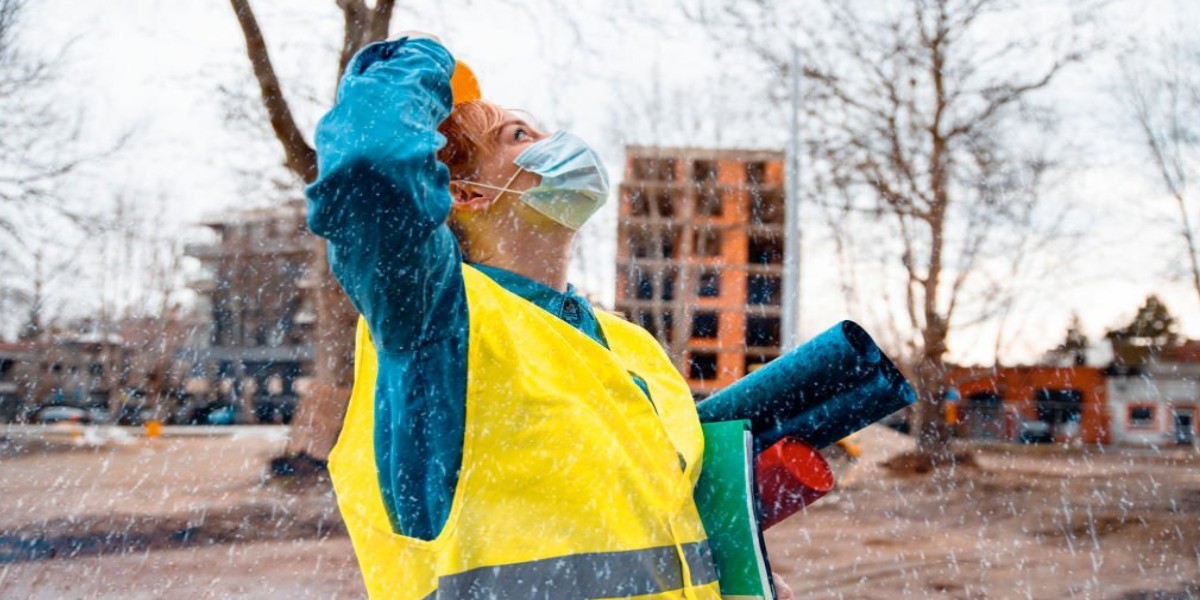Work at Height – An Important Task, But Needs Due Care

When at height, potential energy is acquired and the object is on a lookout to fall. It is with human being too, but it can be very risky for them –even fatal. Hence, all-out efforts needed to secure their body at height, arrest the fall if they slip and take all measures for their rescue and well-being. Let us study its pros and cons and take positive measures to ensure safety.
Working at Height can Include:
• Inspections and work undertaken on bridges,
• Working on platforms, walkways or plant,
• Working on slopes, heaps, headwalls,
• Working on scaffolding, EWP,
• Climbing onto vehicles or mobile plant,
• Working on roofs and,
• Climbing/working on/from ladders.
Hazards of Working at a Height include:
• Falls from the height,
• Impaled following a fall.
• Suspension trauma while under fall arrest,
• Hit by falling objects, or dropping objects,
• Contact with overhead power lines.
An employer must ensure associated risks are controlled by use of the following measures
(set out in a hierarchy of risk control i.e. most effective control first):
• A stable work platform with fencing, guardrails, scaffolding, overhead protection or other suitable physical barrier to prevent workers and material falling from height and/or;
• A bridge gantry or temporary work platform such an EWP, or a workbox to prevent workers falling from a height and/or;
• Where secure perimeter screens, fencing handrails or other forms of physical barriers are not practicable, use other forms of physical restraints capable of arresting the fall of a person from a height greater than 2 meters. Examples include: A work positioning system; a steel rope latchway or fixed anchor, with a full body harness and lanyard attached to an anchor point (rated at 15kN), to isolate persons from unfenced edges and/or; 4th.
• A fall-arrest system incorporating a full body harness and energy absorbing lanyard, attached to an anchor point rated at 15kN, to arrest the fall of workers from unfenced edges with a fall potential greater than 2m. 5th.
• A system of safety mesh/netting to prevent materials falling on personnel. 6th.
• Use a ladder and/or implement administrative controls such as a SWMS (Safe Work Method Statement).
Work positioning –
1. supported in a harness under tension in such a way as to prevent falls.
2. Restrained fall, restrained fall-arrest, (the device is under tension – fall)
3. Limited free-fall, limited free-fall-arrest, (the fall distance will not exceed 600mm).
4. Free-fall, free-fall-arrest, (a fall >600mm before the fall-arrest system takes any load),
All Supervisors and Managers must:
• Identify, assess and control the risks of workers or objects falling from a height.
• Ensure workers are not working alone, at heights of 2 meters or more.
• Ensure that ‘Rescue & Retrieval’ Plans are in place AND TESTED, prior to work commencing, when using fall-arrest systems.
• Ensure all persons are appropriately trained, e.g. erectors, workers and those rescuing.
Risk assessments, SWMS, and work procedures must be reviewed and revised when:
• The original assessment is no longer valid or older than 3 years.
• After an incident occurs that may or may not include an injury.
• A significant change is proposed at the place of work, or in work practices or procedures
• ‘New’ staff are involved in the work
Customize Safety Training must be recorded and include where applicable:
• Requirements of bridge gantries, scaffolding, overhead protection, EWP, work boxes and ladders.
• Fall prevention and other control devices, such as safety nets and their use.
• Fall-arrest and PPE use, care, maintenance and storage.
• ‘Rescue & Retrieval’ Plans for the task.
• Refresher training every 2 years.


